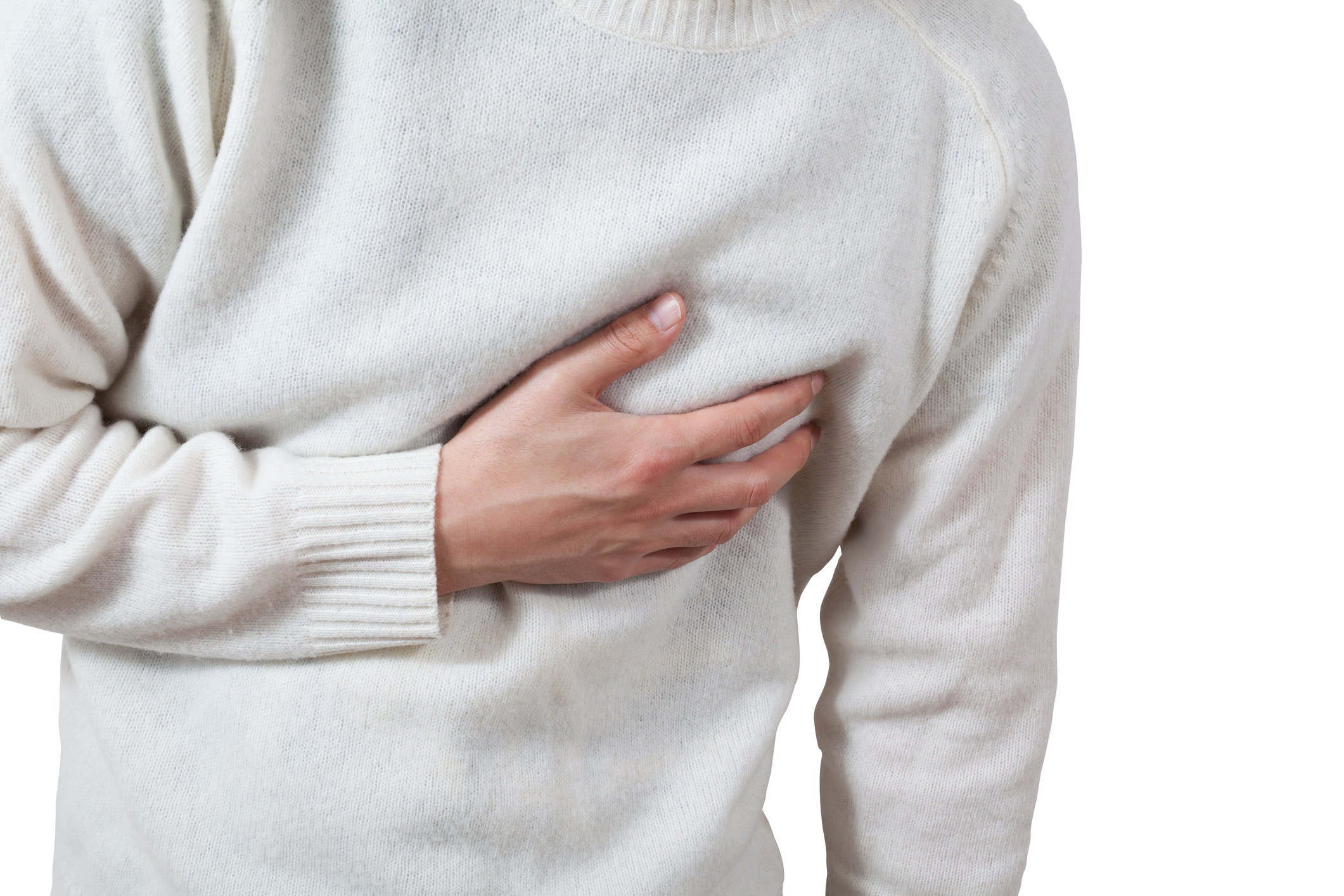Contents:
- Medical Video: Formaldehyde and Cancer Risk - The Banned Report
- What is formaldehyde?
- What is the difference between formaldehyde and formaldehyde?
- Where is there formaldehyde around us?
- How can we be exposed to formaldehyde?
- What will happen when we are exposed to formaldehyde?
- Can formaldehyde cause cancer?
- How to reduce exposure to formaldehyde everyday?
Medical Video: Formaldehyde and Cancer Risk - The Banned Report
You may often hear about the dangers of formaldehyde, especially after news of a variety of foods that secretly contained formalin circulated. Formalin is a form of formaldehyde, a chemical that is harmful to humans. What you might know, formaldehyde turns out to lurk us through various products that you can find everyday.
What is formaldehyde?
Formaldehyde (CH2O) is a chemical that is colorless, flammable, and has a sharp aroma. Formaldehyde is also often referred to as methanal, formol, methaldehyde, morbicid, paraform, methylene oxide, oxymethylene, oxomethane, and so on.
What is the difference between formaldehyde and formaldehyde?
Formalin is a liquid containing formalin gas. Formalin usually contains 37-40% formaldehyde. If formaldehyde is in the form of gas, formalin is a colorless liquid, with a pungent odor due to the formaldehyde gas it contains.
Where is there formaldehyde around us?
Usually formaldehyde is used in the manufacture of glue and adhesives, as coatings for paper products, and building materials such as particle boards, plywood, and insulation materials. Formaldehyde is also often used as a disinfectant and germ killer, as well as preservatives in the morgue and medical laboratories. Formaldehyde can also be present in small quantities naturally in the environment, as a result of the metabolic processes of living things.
In the air, formaldehyde is usually only very low levels, the source is often from motor vehicle exhaust fumes. In your home, the most possible source of formaldehyde is building material made of particle board, medium density board (MDF), or multiplex (plywood) containing formaldehyde resin.
Other formaldehyde sources include the use of gas stoves, firewood stoves, or oil stoves in rooms without ventilation, as well as cigarette smoke.
How can we be exposed to formaldehyde?
We can be exposed to formaldehyde by inhaling it. However, formaldehyde in formalin can also be absorbed by the skin, and you can also swallow it from drinks and foods that contain formaldehyde.
Actually, formaldehyde is also produced in the body. But the enzymes in the body break down formaldehyde into a format (formic acid), which can then be broken down again into kabon dioxide. Usually, the formaldehyde that we breathe will be broken down by cells in the mouth, nose, throat, and airway, so that less than one third of it is absorbed by the blood.
People who are at greatest risk of being exposed to formaldehyde at a higher than normal level are workers in factories that produce products containing formaldehyde, laboratory technicians, health workers, and mortuary employees. Often this exposure occurs through breathing air containing formaldehyde, or when the skin touches formalin.
What will happen when we are exposed to formaldehyde?
If the air around you contains high levels of formaldehyde, which exceeds 0.1 ppm, you may feel some symptoms, such as:
- watery eyes
- heat in the eyes, nose and throat
- cough
- hard to breathe
- skin irritation
Some people are very sensitive to formaldehyde and will immediately show body reactions, but many also do not show any symptoms even though they have been exposed to the same amount of formaldehyde.
Can formaldehyde cause cancer?
Experts cannot yet know exactly what the long-term effects of formaldehyde have on human health. However, in a laboratory that examines the effects of formaldehyde on animals, it has been proven that formaldehyde causes cancer.
Exposure to high levels of formaldehyde due to work environment factors (factory or medical workers, for example) has also been linked to a number of types of cancer in humans, but the long-term effects of small amounts of formaldehyde are still unknown.
How to reduce exposure to formaldehyde everyday?
Because the main source of formaldehyde in the household is usually from building materials, make sure no wood is processed with formaldehyde in your home. When building or renovating a house, or when buying wood furniture and furniture to store in the house, make sure you choose pure wood.
Or, if you have to use processed wood such as particleboard, multiplex, and MDF, choose the type of "exterior-grade" which contains less formaldehyde.
Formaldehyde levels at home if it can be reduced by ensuring your house is well ventilated where air can get in and out freely, and keep the humidity level lower by using dehumidifier or AC.












